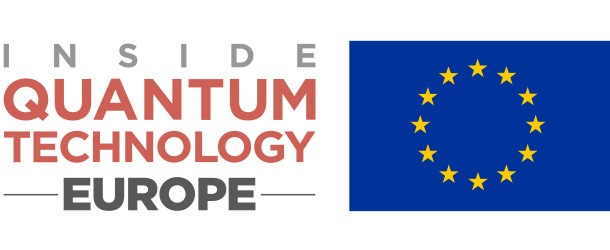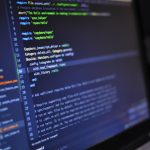ZDNet Continues Coverage of IQT Europe Focusing on Speakers Addressing the Quantum Information Network & Quantum Entanglement

(ZDNet) Scott Fulton III for Scale continues his coverage of IQT Europe speakers and topics concentrating on the principles of a quantum information network (QIN). Fulton writes ” …A QIN requires explanations that don’t just border on the philosphical but plunge into the ocean of the metaphysical.”
A quantum computer is, and because of the nature of physics always will be, a quantum processor maintained and marshaled by a classical control system. Despite that title, “control” may be an imprecise word in this context.
A quantum system includes, and depends upon, a classical computer. It’s tempting to say the two rely upon each other, but that would misinterpret their working relationship.
What engineers and programmers are seeking now is a kinder, gentler position of achievement and authority. Some have opted for the phrase quantum advantage, which would imply that the QC has a clearly measurable virtue, in terms of performance, speed, or quality, over a classical supercomputer. Others prefer quantum practicality, which is softer still, implying that the QC would be the device one would rationally choose to perform a task, given a rational analysis of the alternatives.
“You might think, ‘Well, we’ve achieved quantum advantage last year at Google. So it’s probably a few years’ worth of work to get to quantum practicality, isn’t it?'” said Prof. Lieven Vandersypen, the scientific director of Dutch public/academic partnership QuTech, speaking at the recent IQT Europe 2020 conference.
What would render the entire question of supremacy, advantage, or “edginess” somewhat moot is if there were some force somewhere, perhaps a force of physics, that could make multiple QCs, and perhaps all QCs on Earth, simultaneously interoperable. This is what quantum entanglement actually is. A complete understanding of the underlying principles of a quantum information network (QIN) requires explanations that don’t just border on the philosophical, but plunge head-first into the ocean of the metaphysical.
A quantum information network (QIN), if it can be built, would accomplish something that can’t be done in physical reality. Not even science fiction has manifest a contraption such as this. “You don’t send information on a quantum information network,” explained Mathias van den Bossche, who directs telecommunications and navigation systems research for Italy-based satellite consortium Thales Alenia Space. “You weave entanglement correlations from one end user to the other end user. When this is available, everything in the middle disappears, and the end users discuss directly. This means you have actually nothing that is being repeated along the network, apart from the entanglement that swaps from link to link — there is no information that is repeated.”
The theory of a quantum network is that, at the quantum level, the connectedness of two components can be communicated. The result is that you could obtain an exponentially stronger, single quantum computer using two QCs that swapped their connectedness properties with one another.
“Ultimately, in the future, we would like to make entanglement available for everyone,” declared Stephanie Wehner, who leads the Quantum Internet Initiative at QuTech, speaking at IQT Europe 2020. “This means enabling quantum communications, ultimately, between local quantum processors anywhere on Earth.”
The reason this is important has to do with QC’s future role in protecting all communications, including the conventional variety that otherwise has nothing to do with quantum. Once it becomes a trivial matter for a stable QC to decrypt any classically encrypted message in mere moments, the only thing stopping the collapse of digital communications as we know it will be a restriction of access to quantum communications.
Protected communications requires some form of encoded key. Because it involves photons rather than algorithms, a quantum key is purely random. What’s more, it cannot be copied within the network without destroying it, and the message it protects, in the process.
The intent of the emerging art of quantum key distribution (QKD) is to leverage quantum mechanics’ inexplicable quirks to protect all digital communication, now and into the foreseeable future. the actual protection delivered by a quantum key only works in the context of a QIN.
In the near future, the measure of the success of quantum computing as an ecosystem — as something more than an experiment at headline generation — will be whether an independent security organization can earn sustainable revenue as a producer and distributor of quantum keys. That may only be possible when commercial customers perceive quantum networking as something that directly improves, and probably accelerates, classical networking: the Internet.
In building a system that not only relies upon, but is leveraged upon, an as-yet-unexplained physical phenomenon where changes of state happen with perfect simultaneity, it is extremely difficult to determine the identity and location of step one in the sequence. It’s the type of problem we would like to have a quantum computer to solve for us. And when reasoning on this level, the output of these particular machines tends to look more like philosophy than logic.



















